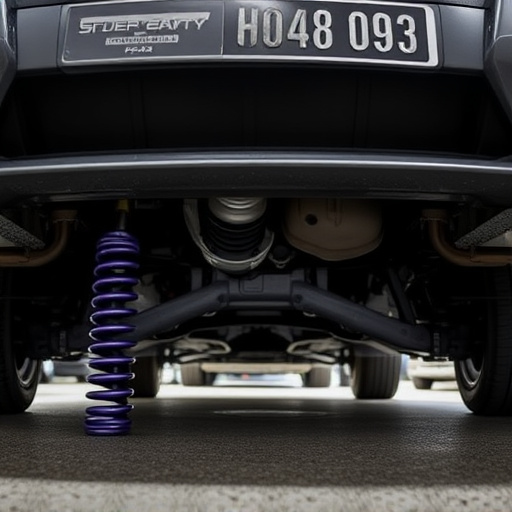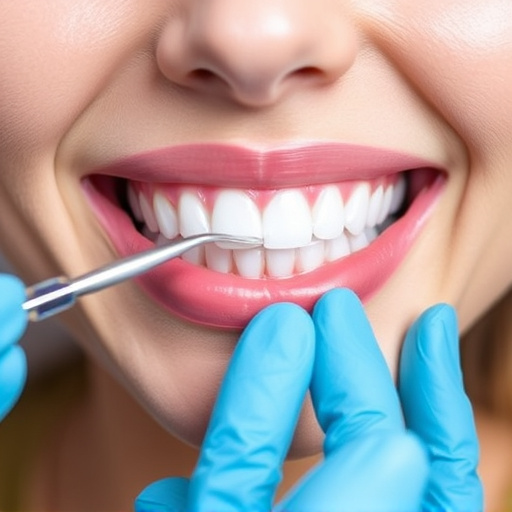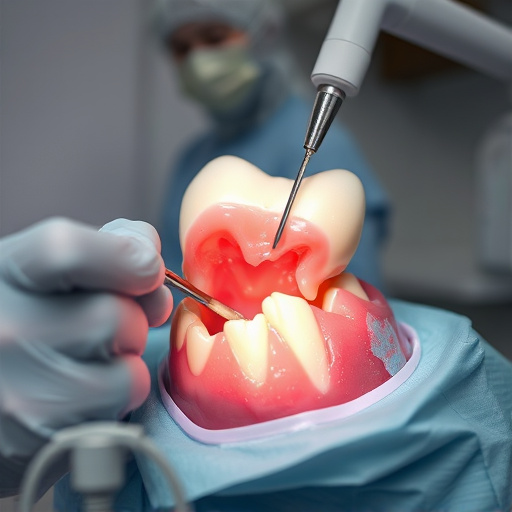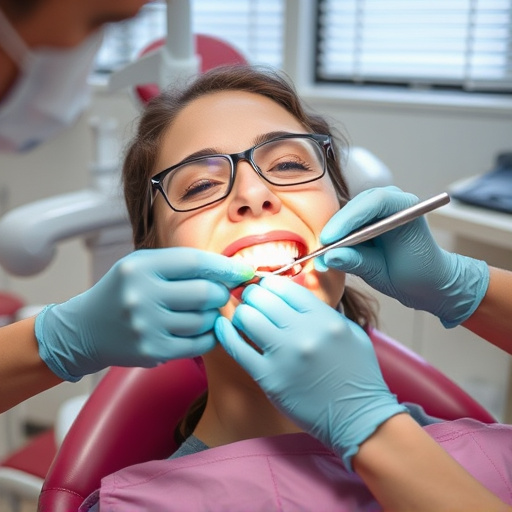Conservative dental treatment focuses on preserving natural tooth structure and overall oral wellness through minimal intervention. This patient-focused approach emphasizes long-term solutions like fillings, targeted cleanings, and procedures like dental bonding, avoiding drastic changes. Benefits include reduced discomfort, faster recovery times, less tissue damage, and improved self-esteem for both adults and children, making it an attractive option in cosmetic dentistry that prioritizes prevention and optimal oral health.
Discover the transformative power of conservative dental treatment—a gentle, minimally invasive approach to oral care. This modern strategy prioritizes preserving natural tooth structure over aggressive treatments, offering numerous benefits for improved dental health and lasting results. From reducing anxiety through less intrusive procedures to minimizing tissue damage, conservative care is reshaping the dental experience. Explore common treatments and their positive impact on your smile’s longevity.
- Understanding Conservative Dental Treatment: A Gentle Approach to Oral Care
- Benefits of Minimally Invasive Dental Procedures
- Common Conservative Treatments and Their Impact on Dental Health
Understanding Conservative Dental Treatment: A Gentle Approach to Oral Care
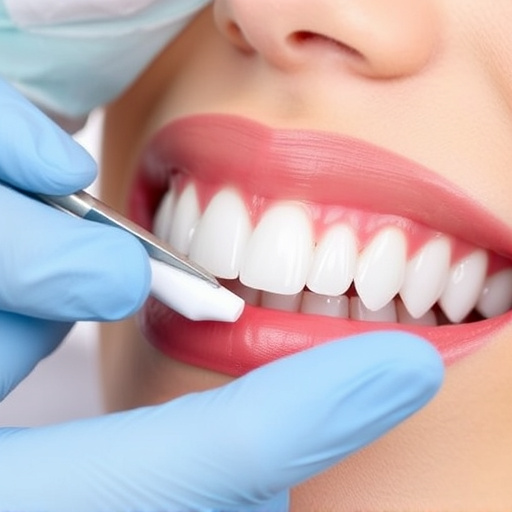
Conservative dental treatment is a patient-centric approach that prioritizes preserving as much natural tooth structure as possible while addressing oral health concerns. Unlike more invasive procedures, it focuses on minimal intervention to restore and maintain oral health. This gentle method is ideal for those seeking long-term solutions without drastic changes to their smile. By avoiding extensive drilling or removal of healthy enamel, conservative treatments like dental fillings and targeted cleanings can effectively manage various dental issues.
This approach is not just about treating immediate problems; it’s a philosophy that encourages prevention and promotes overall oral wellness. Incorporating regular dental cleanings as part of this strategy helps remove plaque buildup, ensuring teeth and gums remain strong and healthy. In essence, conservative dental treatment is a holistic way to care for your mouth, balancing effectiveness with minimal disruption to the natural beauty of your smile, making it an attractive option in the realm of cosmetic dentistry.
Benefits of Minimally Invasive Dental Procedures
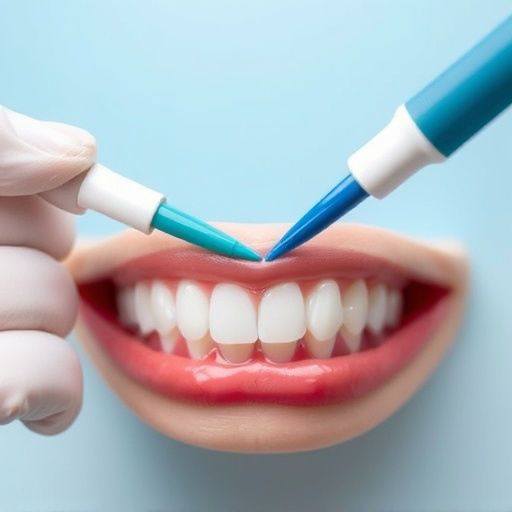
Minimally invasive dental procedures offer numerous advantages for patients seeking conservative dental treatment. One of the key benefits is reduced discomfort and recovery time compared to traditional, more aggressive dental interventions. These modern techniques prioritize preserving healthy tooth structure, minimizing tissue trauma, and reducing the need for extensive drilling or cutting. This not only leads to less pain and bleeding but also promotes better overall oral health by maintaining the natural strength and integrity of teeth and gums.
Furthermore, minimally invasive dentistry is particularly beneficial for children’s dentistry, where the focus is on preventing decay and promoting proper oral hygiene from an early age. Clear aligners, for instance, offer a discreet alternative to braces, making it easier for kids to maintain their confidence while correcting alignment issues. Similarly, cosmetic dentistry techniques that fall under this category can enhance smiles without compromising the health of natural teeth, contributing to improved self-esteem and overall quality of life.
Common Conservative Treatments and Their Impact on Dental Health
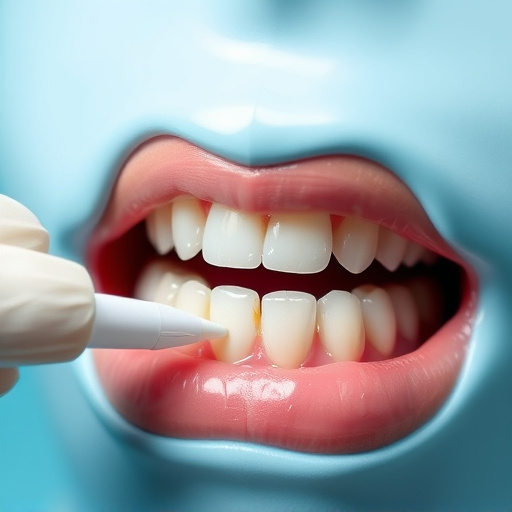
Conservative dental treatments focus on minimizing intervention while promoting optimal oral health. Common procedures include dental bonding, a minimally invasive way to restore damaged teeth by applying a resin material that matches the natural tooth color. This simple yet effective technique can repair chips, close gaps, and even correct minor misalignments.
Another widely practiced conservative approach is family dentistry, which emphasizes preventive care through regular check-ups, cleanings, and screenings. By catching potential issues early, such as decay or gum disease, dentists can perform less invasive treatments like tooth fillings instead of more complex procedures like extractions. Effective cleaning and sealing techniques also play a crucial role in maintaining dental health between visits.
Conservative dental treatment offers a gentle, minimally invasive approach to oral care that prioritises preservation over extraction. By focusing on reducing pain, maintaining function, and preserving tooth structure, these treatments provide long-lasting solutions for patients while promoting overall dental health. Embracing conservative methods not only reduces unnecessary procedures but also fosters a more sustainable and comfortable dental experience.



